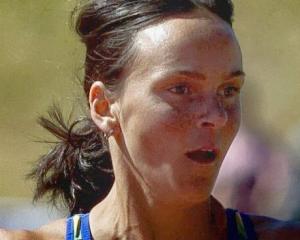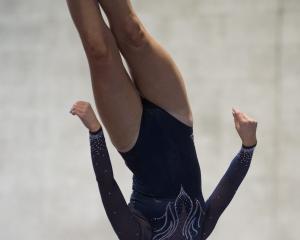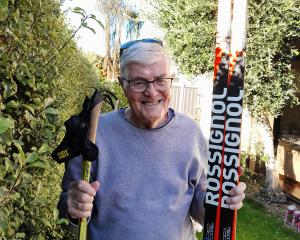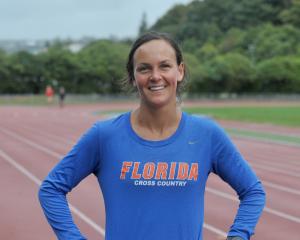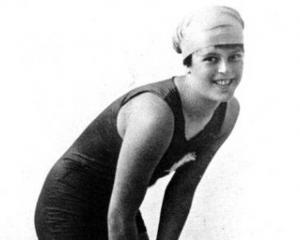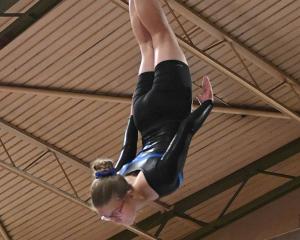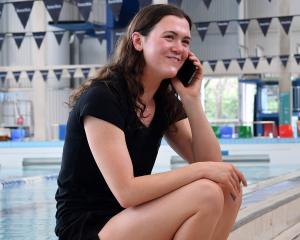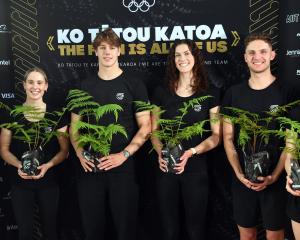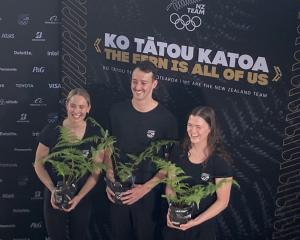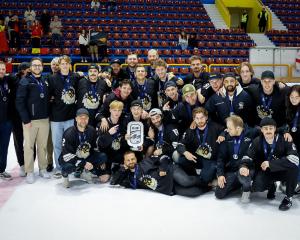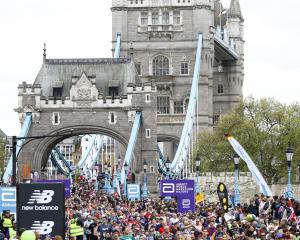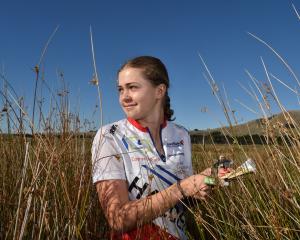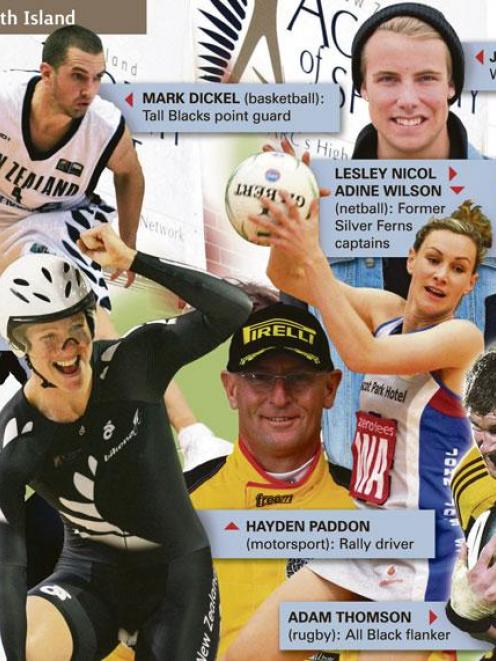
As a metaphor, you can't beat the memory of a tractor parked in reception to illustrate how much progress you have made.
That was the view that greeted Academy of Sport South Island (ASI) chief executive Kereyn Smith in the early months of her job.
"When I first came, there was a tractor parked in our reception area. It was used for the caretaker to store his gear," Smith said.
Memories are on everybody's mind at the academy base at Logan Park, where there are now no tractors in reception but there are plenty of talented athletes walking around, and coaches, trainers and administrators dedicated to helping them reach their potential.
It is 10 years since the academy was established, a milestone that will be celebrated at Tuesday's annual meeting and Prime Minister's Scholarship announcement.
In that time, no fewer than 1100 athletes have passed through the doors.
World champions, national champions and Olympic medallists. All Blacks, Tall Blacks, Black Caps and Silver Ferns. Golfers, cyclists, softballers, shooters, curlers and lawn bowlers.
All Black captain Richie McCaw was one of the first "carded" athletes. World pursuit champion Alison Shanks joined as a promising netballer, lost her status, and then rejoined as a promising cyclist.
It all started when the New Zealand Sports Foundation (which later helped form Sparc) decided the country needed to adopt a high-performance model to start getting better results in elite sport.
Six cities bid to host three centres, and Dunedin - because of its facilities and community support - was chosen along with Auckland and Wellington.
Smith was appointed in October 2000, when the ASI was technically homeless and had a staff of two: Smith and Iain Ansell, who now runs the academy's Christchurch base.
"We spent the first few days in the phys ed school. We knew the old art gallery had been promised to us but it was in a pretty dilapidated state," Smith recalled.
"For a few months after that, we worked in what is now our boardroom upstairs, while the main area was refurbished."
The Dunedin City Council and the Community Trust of Otago came to the party with infrastructure funding, and Smith's crew scoured the city for second-hand furniture, much of which is still being used.
Athletics coach Raylene Bates was the next to join the staff. A decade later, she is now the ASI business manager, and one of about 30 staff scattered across the South Island.
Performance services staff include former New Zealand cricketer Martyn Croy, former 100m champion Chris Donaldson, former Winter Olympian Angus Ross, and former Black Ferns rugby player and Olympic physiotherapist Helen Littleworth.
Triathlon guru John Hellemans has 25 years of coaching world champions behind him. Ashley Light, Jon Turnbull and snowboarding coach Tom Willmott head the winter performance programme.
An annual motorsport programme has been running since 2003, the winter programme started a year later, Christchurch now has a thriving Centre of Excellence, the Southland hub hopes to expand with a performance training centre, and talent development programmes are in place to identify emerging athletes.
Smith said the academy was established simply as a training centre, focused on elite athletes and servicing their needs. That was a relatively narrow approach. Now the need to focus on facilities as well as people, on coaches as well as athletes, was recognised.
The athletes, of course, are still the rock stars.
At any one time, between 200 and 250 athletes have carded status. Some are locals, some come to Dunedin for university, some pop in for camps.
There are conditioning facilities and physiotherapy services at Logan Park, the Caledonian Ground is next door, and Moana Pool, the Edgar Centre and the various facilities at the University of Otago are all used by the athletes.
For Smith, the most pleasing aspect about the evolution of the academy is that it has become a second home for the athletes.
"When they're in town, they spend a lot of time here. The best athletes are away four or five months a year, and they love coming back and seeing people.
"It's very much a family atmosphere. The staff all pride themselves on making the athletes feel welcome.
"People have their ups and downs. It's easy to be happy and cheery and welcoming for somebody when they've come home and won a medal or done something exceptional. But it's equally important that we're there to support them when they are having a down time."
The word "academy" has negative connotations for some, who wonder if young athletes are being pampered.
But Smith said nothing could be further from the truth.
"The reality is the athletes who succeed work really hard. They have to manage their body, their life, their mind, how they interact with family and friends . . . it's a very difficult situation."
For the ASI, measuring success is not just about medals and records, but they are obviously the most effective guide.
Each athlete has individual plans and goals, relating to both success and improvement, and they are monitored closely. Coaches also face the same scrutiny.
The ASI's main funder is Sparc - it poured in $1.4 million for core services this year, and a further $1.8 million for special projects and additional work - but the academy has also had strong support from the DCC, the Community Trust and other local funders.
Funding is again on Smith's mind as she and the ASI plan the exciting next stage of their future, moving to the shiny covered stadium across the road.
The academy was "relatively well advanced" in securing funding and location for its new base, Smith said.
ASI - Highs and lows
Academy of Sport South Island chief executive Kereyn Smith identifies her highlights and low points from 10 years in the job.
HIGHS
• Silver Ferns winning world netball title (2003) and Commonwealth Games gold (2006): "Lot of South Island athletes in the team, and they finally cracked it."
• Cyclist Hayden Roulston winning a silver medal at the Beijing Olympics (2008): "The academy provided a lot of extra help for Hayden. We believed in him."
• Cyclist Alison Shanks winning the world pursuit title (2009): "A wonderfully talented woman who fully deserved the result."
• Skier Adam Hall winning Paralympic gold (2010): "For everything that stood for."
LOWS
• Melbourne Commonwealth Games (2006): "Results overall were disappointing."
• Chris Donaldson dropping the baton on the last leg of the relay in Melbourne: "He will hate me for saying that but he so deserved a medal."
• Not getting a top-10 placing in the Vancouver Olympics (2010): "That would have been a real boost for the winter programme."
• Seeing athletes such as triple jumper Tom Davie suffering major injuries.
• Enduring several Sparc reviews: "Somewhat distracting but I'm proud we came through them strongly and have just signed a new three-year agreement."

